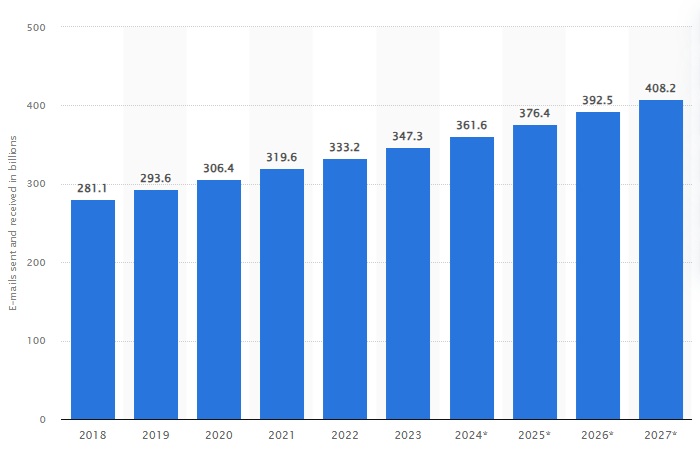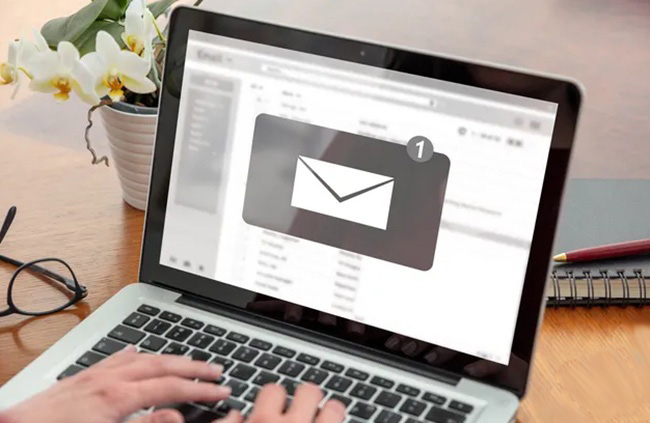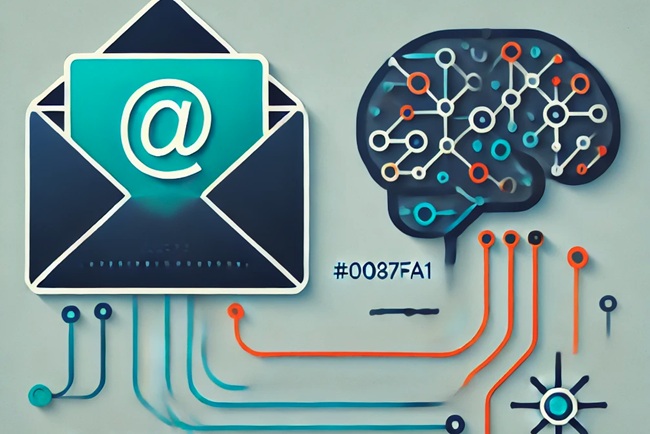Is Email Dying?
especiales

There's nothing like receiving a handwritten letter, where the lines of each stroke, the crease of the paper, and even a possible coffee stain bring you closer to the sender. Because their hand was there, right where you now place yours.

But that, unfortunately, seems to be a thing of the past, and what's most like it are emails, those seldom-reported messages, seemingly blurred by the hype of social media.
However, justice must be done, because email is not dying, much less dead.
Currently, nearly 4.6 billion people worldwide use this service, representing an increase of approximately 600 million since 2024. Predictions show that the number will increase by 2027.

Clearly, this technology, created in 1971 and since then a pillar of digital communication, continues to be present in this era of streaming, social media, and instant messaging apps.
It exists, but it's mutating
Emails continue to be part of this present, but, in a sense, they have been mutating. This is indicated by a report from the cybersecurity firm Kaspersky, which points out how they have become a key to accessing digital accounts and platforms, rather than a means of direct communication.
"Email addresses are the starting point for most online login forms and portals worldwide," the aforementioned report states.

Furthermore, to be precise, it's worth noting that, despite the sustained growth in the number of users and emails sent daily, this doesn't always equate to greater real human interaction.
Much of this traffic comes from automated or spam emails, channels that are not very conversational and highly depersonalized. According to the Radicati Group, more than 50% of daily email traffic is transactional or automated emails—such as purchase confirmations, password resets, or scheduled newsletters, among others.
Other estimates suggest that approximately 45-50% of global email is spam or unwanted traffic, which often never reaches the primary inbox.

More than a tool for communicating with others, email is becoming a technical requirement, used to open social media accounts, make online purchases, or recover passwords.
SMS or text messages are also competing against the original purposes of email.
Shall I send it to you by email?
Despite its transformations in this era of hyperconnectivity, email does not have security as a strength. Because it’s one of the oldest communication technologies in the digital realm, cybersecurity was not a priority when it was designed.
Hence, attempts are made to compensate for this weakness through the use of patches and additional protocols.
However, significant risks remain in terms of authenticity, privacy, and vulnerability to cyberattacks.

The most common of these is so-called phishing. Phishing is a fraudulent email designed to trick the recipient into revealing confidential information such as passwords, credit card numbers, banking credentials, or personal data. The term "phishing" comes from the English word "fishing," because the attacker "casts the line" hoping someone will bite.
According to the IBM X-Force Threat Intelligence Index 2024, 41% of cybersecurity incidents begin with a phishing email.
In addition, sender identity theft occurs, and malicious file transfers are not uncommon —malware—as attachments, one of whose purposes is to spread computer viruses.
Although it doesn't guarantee complete confidentiality if it's not encrypted, and although it can be manipulated or phished if modern protocols aren't implemented correctly, Microsoft co-founder Bill Gates is among the many who continue to use the email.

This billionaire entrepreneur, known for being at the forefront of technology, says he prefers to use email instead of instant messaging apps like WhatsApp, citing practical reasons and information control.
He claims that email, unlike social media and messaging apps, isn't subject to algorithms that prioritize sensationalist content, an aspect he considers highly significant in the age of misinformation. He adds that through email, he can organize his priorities without the external noise that other digital platforms often generate.
Yes, But No
Although email is far from extinct and counts notable figures like Bill Gates among its regular users, its primary use has shifted from an interpersonal communication channel to a platform for notifications and the transmission of structured or automated content.
The very users who continue to embrace email in the traditional sense that originally was created for, paradoxically, the same ones who make this digital tool more vulnerable.

More than 80% of the security breaches identified in these emails involve the human factor, stemming from the use of weak passwords and failure to follow basic recommendations such as not opening suspicious attachments.
For its part, artificial intelligence (AI) is playing a fundamental role in revitalizing and modernizing the use of email, for both users and businesses.
Despite email's many years of existence, AI is giving it a second life by making it more efficient, secure, personalized, and strategic.
With the use of intelligent filters and advanced antispam, it helps detect and filter malicious or irrelevant emails with much greater accuracy than traditional systems. Google, for example, claims that Gmail blocks more than 99.9% of spam, phishing, and malware, thanks to its machine learning models trained on millions of examples.

AI is also used in email to suggest short responses and thus save time; it also helps organize the inbox by automatically classifying emails as "primary," "promotions," "social," etc.
And in the corporate world, it’s transforming what’s known as email marketing, helping to detect the best time to send emails, automatically segment audiences, and write personalized content for each user based on their past behavior. This has led to greater effectiveness in marketing campaigns, making emails less intrusive and more relevant.
Without AI, email would likely be closer to obsolescence compared to other, more agile platforms; although, it's worth mentioning, not all email users have yet incorporated these intelligent tools into their correspondence processing and prefer to continue "the old-fashioned way," like a certain Pijirigua cow.














Add new comment